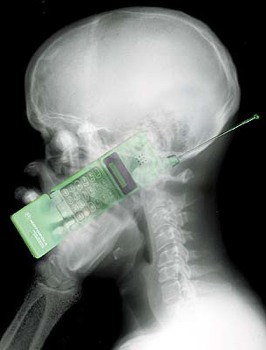
Brain Tumor Surgery
[media id=23 width=500 height=400]
A brain tumor is an abnormal growth of cells within the brain or inside the skull, which can be cancerous or non-cancerous (benign).
It is defined as any intracranial tumor created by abnormal and uncontrolled cell division, normally either in the brain itself (neurons, glial cells (astrocytes, oligodendrocytes, ependymal cells), lymphatic tissue, blood vessels), in the cranial nerves (myelin-producing Schwann cells), in the brain envelopes (meninges), skull, pituitary and pineal gland, or spread from cancers primarily located in other organs (metastatic tumors).
Primary (true) brain tumors are commonly located in the posterior cranial fossa in children and in the anterior two-thirds of the cerebral hemispheres in adults, although they can affect any part of the brain.
Signs and symptoms
Symptoms of brain tumors may depend on two factors: tumor size (volume) and tumor location. The time point of symptom onset in the course of disease correlates in many cases with the nature of the tumor (“benign”, i.e. slow-growing/late symptom onset, or malignant, fast growing/early symptom onset) is a frequent reason for seeking medical attention in brain tumor cases.
Large tumors or tumors with extensive perifocal swelling edema inevitably lead to elevated intracranial pressure (intracranial hypertension), which translates clinically into headaches, vomiting (sometimes without nausea), altered state of consciousness (somnolence, coma), dilatation of the pupil on the side of the lesion (anisocoria), papilledema (prominent optic disc at the funduscopic examination). However, even small tumors obstructing the passage of cerebrospinal fluid (CSF) may cause early signs of increased intracranial pressure. Increased intracranial pressure may result in herniation (i.e. displacement) of certain parts of the brain, such as the cerebellar tonsils or the temporal uncus, resulting in lethal brainstem compression. In young children, elevated intracranial pressure may cause an increase in the diameter of the skull and bulging of the fontanelles.
A bilateral temporal visual field defect (bitemporal hemianopia—due to compression of the optic chiasm), often associated with endocrine disfunction—either hypopituitarism or hyperproduction of pituitary hormones and hyperprolactinemia is suggestive of a pituitary tumor.
Treatment and prognosis
Many meningiomas, with the exception of some tumors located at the skull base, can be successfully removed surgically. In more difficult cases, stereotactic radiosurgery, such as Gamma knife, Cyberknife or Novalis Tx radiosurgery, remains a viable option.
Most pituitary adenomas can be removed surgically, often using a minimally invasive approach through the nasal cavity and skull base (trans-nasal, trans-sphenoidal approach). Large pituitary adenomas require a craniotomy (opening of the skull) for their removal. Radiotherapy, including stereotactic approaches, is reserved for the inoperable cases.
Brain Tumor , Brain Tumor Health, Brain Tumor Health Latest, Brain Tumor Health Information, Brain Tumor Health information, Brain Tumor Health Photo,Brain Tumor Health photo, Brain Tumor Health Latest, Brain Tumor Health latest, Brain Tumor Health Story, Healthy Minnesota Health story, Brain Tumor Video, Brain Tumor video, Brain Tumor Health History, Brain Tumor Health history, Brain Tumor over Picture, history, Brain Tumor Asia, Healthy Minnesota asia, Brain Tumor Gallery, Brain Tumor gallery, Brain Tumor Photo Gallery, Healthy Minnesota photo gallery, Brain Tumor Picture, Brain Tumor picture, Brain Tumor Web, Malaysia Health, web Health, picture, video photo, video surgery, gallery, laparoscopy, virus, flu, drug, video, Health Health, photo, nutrition, health video, symptoms, cancer, medical, diet, organic, weightloss, surgery, fitness, operation, bf1, Kennedy, brain, tumor, Ted, Brain, Cancer, Malignan, cancer, Biopsy , glioma
 Myth: Cell phones cause brain cancer
Myth: Cell phones cause brain cancer



